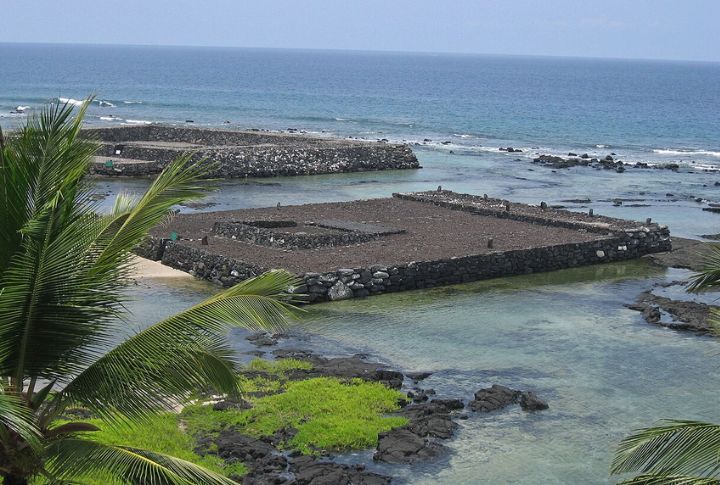
Ancient Hawaii operated on its own terms, guided by systems that shaped daily life with meaning and intention. Rituals, farming, governance, and even games followed sacred rules. These facts highlight a world few outsiders fully understand. Take a moment to learn what came before colonization.
Hawaiians Lived In Self-Sufficient Ahupua‘a Systems
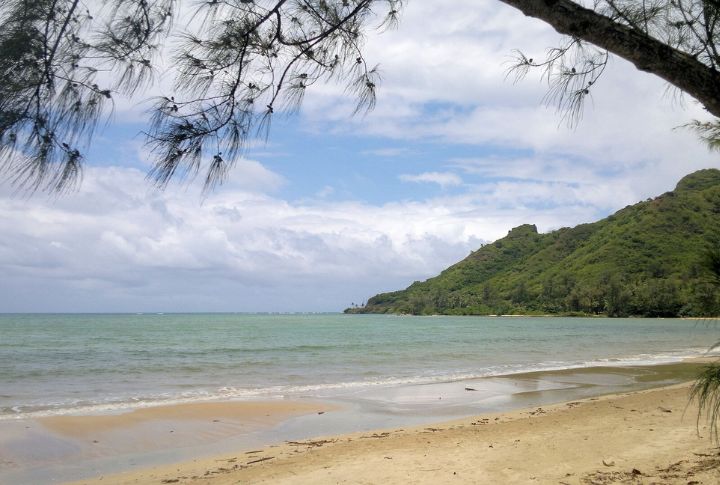
Communities thrived in ahupua‘a, land divisions stretching from mountain to sea. Families grew food in taro patches and relied on fishponds for protein. Agriculture, fishing, and water use stayed carefully balanced for generations as everyone shared resources, and no one claimed private land.
Language Was Entirely Oral Before Western Contact

Hawaiian society had no written language until the 19th century. History and law were passed down through the spoken word as expert chanters memorized thousands of lines and delivered them with care. Words held spiritual power, and names carried meaning that connected people to place and tradition.
Society Was Structured Under A Strict Kapu System

Daily life followed the kapu system, a set of sacred laws that shaped behavior and belief. Men and women ate separately and followed specific food rules. Breaking the kapu brought severe consequences, which could result in death as well. Chiefs, or ali‘i, enforced these codes while holding divine status within the community.
Hula Was A Sacred Spiritual Practice
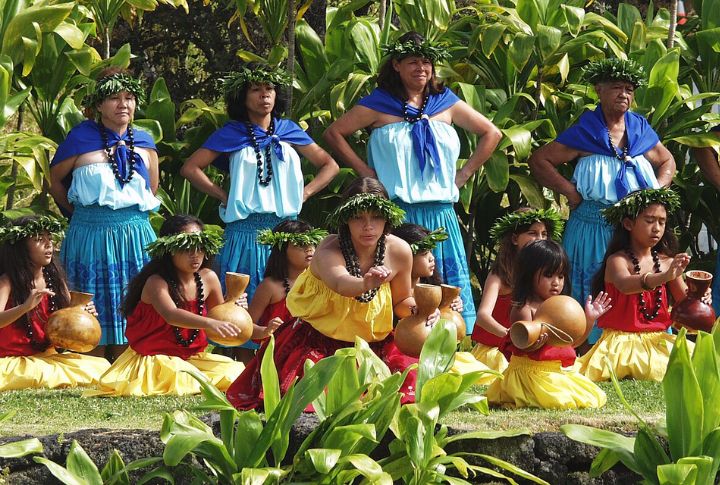
Hula began as a sacred form of worship, performed to honor gods and preserve family history. Dancers moved to chants and percussion instruments. Male dancers were often trained through spiritual rites. Even after suppression, the tradition quietly continued as a deeply rooted cultural expression.
Navigation Was Mastered Without Instruments
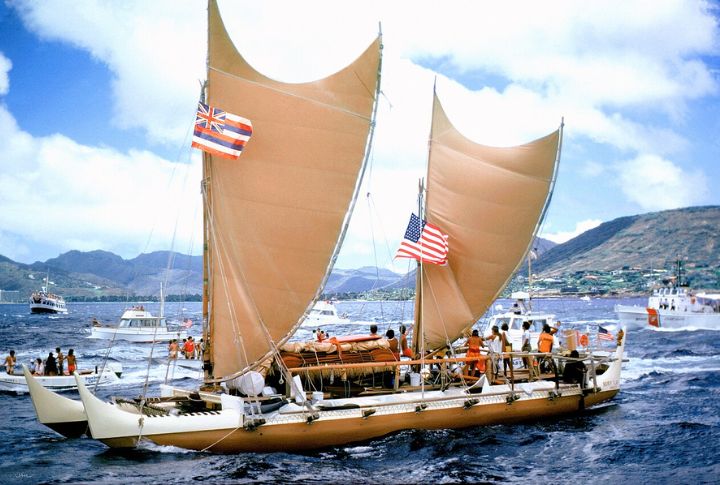
Long before compasses, Hawaiians explored the ocean with only stars and winds to show them the way. Skilled navigators memorized celestial positions and relied on oral instruction. Double-hulled canoes called “wa‘a kaulua” carried them across vast distances with accuracy passed down through generations of practice.
Clothing Was Made From Bark, Feathers, And Plants
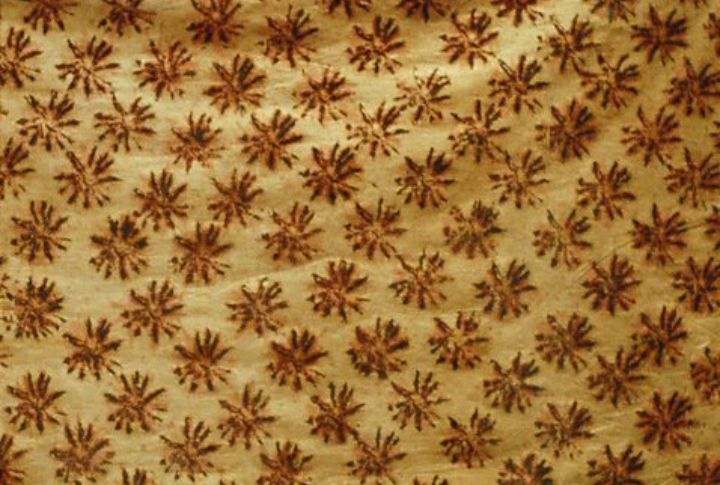
Every day wear came from nature. Commoners made soft kapa cloth using bark from wauke (paper mulberry tree), while chiefs wore cloaks and helmets covered in bright red and yellow feathers. Each piece had meaning, and patterns were carefully stamped using natural dyes.
Women Had Important Roles In Society
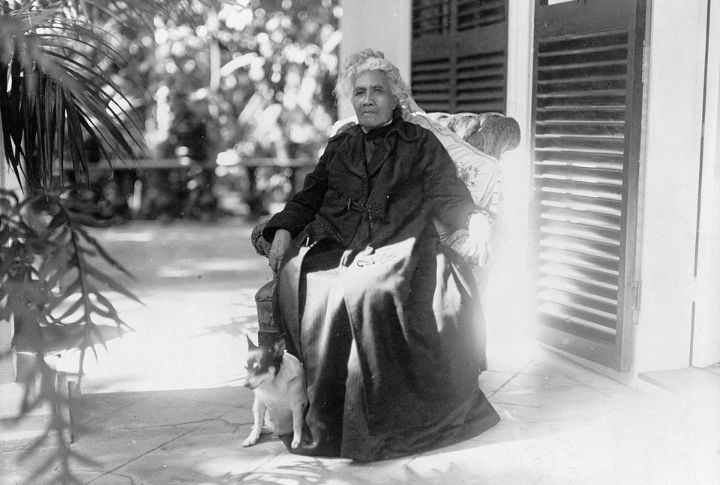
Women in ancient Hawaii weren’t sidelined—they played powerful roles. Female chiefs led communities and held spiritual influence. At home, women farmed and kept families running. Mythology honored goddesses like Pele and Hi‘iaka, while certain kapu laws existed to protect the dignity they carried.
Food Grew Within A Culture Of Sharing
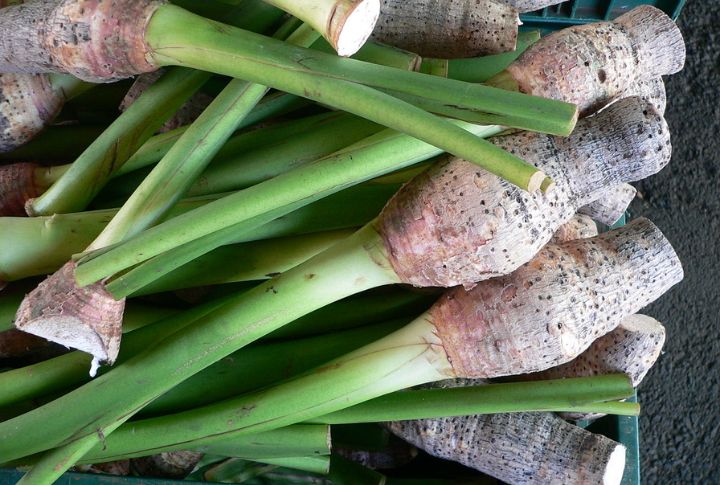
In ancient Hawaii, food was a gift of both land and community. Staples like taro, sweet potatoes, coconuts, and breadfruit grew alongside pigs, chickens, and reef fish. At large aha‘aina feasts, people gathered to honor the gods and celebrate life’s milestones, sharing meals freely without trade or payment.
Spiritual Beliefs Were Deeply Tied To Nature

Acts like farming and surfing carried deep spiritual meaning in Hawaiian life. Major decisions and rituals unfolded within a belief system where mana—spiritual energy—filled every part of nature. In heiau temples, people honored gods such as Lono and Ku, offering prayers to guide both daily life and the sacred.
Music Was Based On Chants And Percussion

Music used no melodies—just chants and instruments. Gourd drums, bamboo rattles, and nose flutes set the rhythm during ceremonies, while Oli (chants) preserved language and genealogy. Each performance served a purpose, with rhythms shifting depending on the type of ritual or event.

